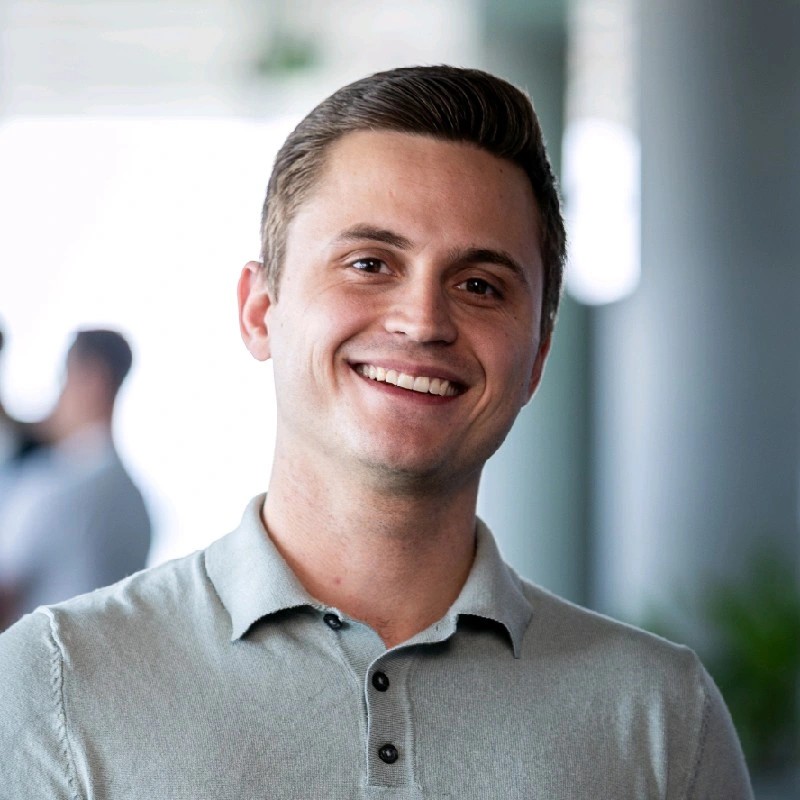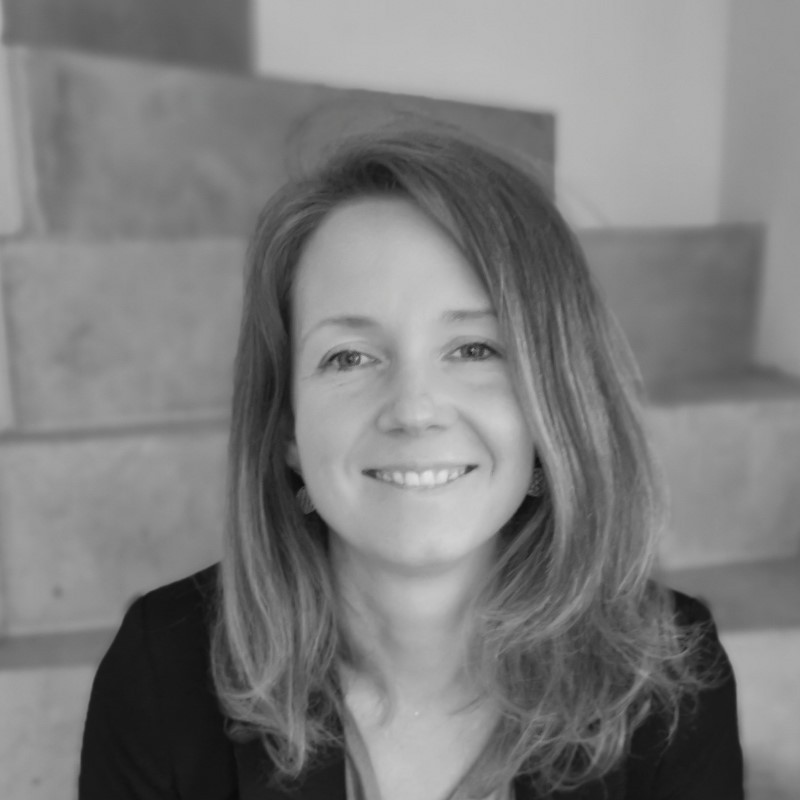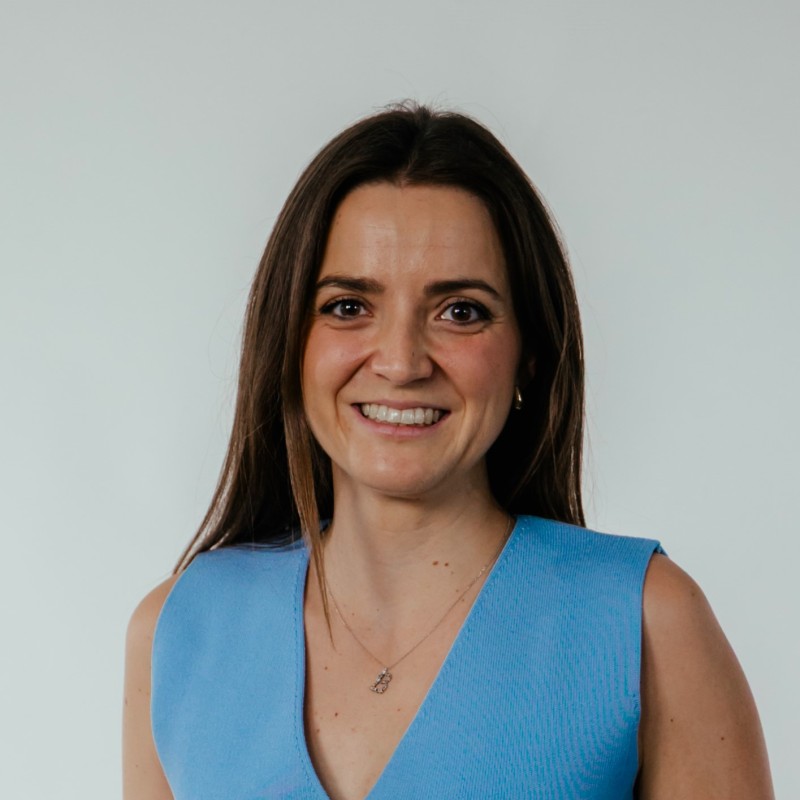An interview with eyecandylab co-founder and CEO Robin Sho Moser
Founded in 2017, eyecandylab pioneered several solutions for streaming companies to make their platforms metaverse-ready. Their products and solutions help their customers leverage the potential of innovative use cases for XR, regardless of platform or industry, and have been used by companies such as Sky, O2, Telefónica, and Red Bull TV.
In February 2023, the video-experience company Accedo acquired eyecandylab, adding their flagship patented augmen.tv (used for XR applications) and a Web3-based loyalty solution – Watch&Earn – to their software stack. Accedo focusses on reducing the complexity of the video-ecosystem for an impressive roster of global industry leaders such as Deutsche Telekom, NBC Universal, ITV Global, Hallmark, Bloomberg, and Tata Play.
We sat down with the co-founder and former CEO of eyecandylab, Robin Sho Moser. He shared his wealth of experience navigating the startup ecosystem, gave his perspective on the acquisition, and reflected on the invaluable support he received from Wayra on the road from startup to exit.
Q. How and when did you decide to sell?
Robin. It’s a bit ironic really but even when you’re just starting out, when you talk to investors, the first question is always: “What is your exit strategy? Where do you want to go from here?” So you have to think about the direction you want to take from the very beginning, not just in terms of product development, but also about possible buyers and build networks oriented towards a future sale.
It was really at the end of 2022, just before Christmas, when I reached out to a few people in my network to catch up and have a “year-end wrap up”-chat. One of them, the XR lead at the acquirer was very excited about our progress and the products we have built and connected me with the CEO. From there, things went relatively quickly. They’re a very agile company.
Q. Did you consider other routes to exit?
Robin. Yes, we explored a few other options as well. Some were more interested in the patents, some were more interested in the customers we worked with. When you’ve put your heart and soul into something for six years, you don’t want it to be taken apart or put in a drawer just in case they’re needed five years down the line. You want to find it a new home where you feel that there’s the interest and the resources to help your solution grow. In the end, we thought that Accedo would be providing exactly this kind of strategic alignment and it was a good decision.
Q. What would have been the alternative?
Robin. In order to reach the next stage of growth fast, you need capital. The environment since mid-2022 was not great for financing rounds. That’s not to say we were only reliant on financing rounds. Option 2 would have been continued organic growth through customer engagements. We had many ongoing customer projects too – Telefónica was actually one of our biggest clients. And since the announcement of Apple’s Vision Pro in June, there has been more momentum around XR, which might have brought more opportunities. So, I guess we would have continued delivering projects to our customers and continued to fuse our product with new technologies, as we did with Web3 last year.
Q. What role do you and your former team still play in eyecandylab?
Robin. It was very important to me that, if they wanted to, my team had the opportunity to continue working on our solutions. And a majority of the team actually joined Accedo in different roles, from business development to engineering. As for myself, I decided early on in the process to pursue a different path. That was also well respected and supported by Accedo’s management team which, again, is a great testament for their lean and entrepreneurial mindset. After the acquisition, we had a two-month transition to work with senior management on roadmap, strategic topics to make sure all relevant knowledge is with Accedo.
Q. What role did Wayra and Telefónica play?
Robin. Firstly, I had the incredible good fortune to be part of the Wayra Mentoring Program. This meant I got to sit down directly with Markus Haas for an hour once a quarter and discuss things like strategy around Metaverse and Web3. There can’t be more than a handful of startups in the world who have the opportunity to work so closely with the CEO of a global company. Wayra and Telefónica also gave me the chance to attend and present at several conferences, which is incredibly valuable for a startup because visibility is so important.
Wayra also helped a lot internally. There are a lot of perks that come from being a Wayra startup when it comes to initiating projects at Telefónica, and Wayra always helped us find the right person. We could have painstakingly done this ourselves, but we were in the fortunate position to say, “hey, we’d like to speak to this or that person” and Wayra would make it happen.
Q. Do you have any regrets, anything you would have done differently?
Robin. I really do see what we achieved as a success. The acquisition was a great decision for us: a good way of wrapping things up and a result that could accommodate everyone. After 6 years of grinding, we – as a team – were collectively very excited to work with Accedo. Sure, we could have kept going independently but you have to be realistic: To reach the next stage of growth, you have to have the right market conditions and I didn’t have the feeling that this was the case with the macro-economic downturn, the ongoing war, and increasing cost-basis.
You learn a lot each time you start a company. For me, eyecandylab was the second startup I founded. The learning curve is very steep each time. You see what happens and afterwards, maybe you put together a new idea, and make something else.
Q. So what’s next for you personally?
Robin. I’m now with a large engineering company building up their Web3 and Metaverse practice for the DACH region which is very exciting. On the one hand, it is still very entrepreneurial because these are completely new practices. On the other hand, the company is huge – around 60,000 people – so there’s a large pool of great people to help you with projects, which makes it a very exciting place to be. It’s quite a different challenge from what I was doing before with startups: trying to change the world with a group of twelve people. But ****I’m very, very happy with the new position.
About Wayra. Wayra is Telefónica’s open innovation hub and connects Telefónica and technological disruptors around the world. As Telefónica’s preferred strategic partner, we scale-up companies to accelerate their business and ours. Wayra offers investment and a smooth interface between entrepreneurs and our network of corporations, governments and other partners.
For more stories like this, subscribe to our newsletter.
Think you could be our next success story? We’re looking forward to hearing from you. Contact us.














